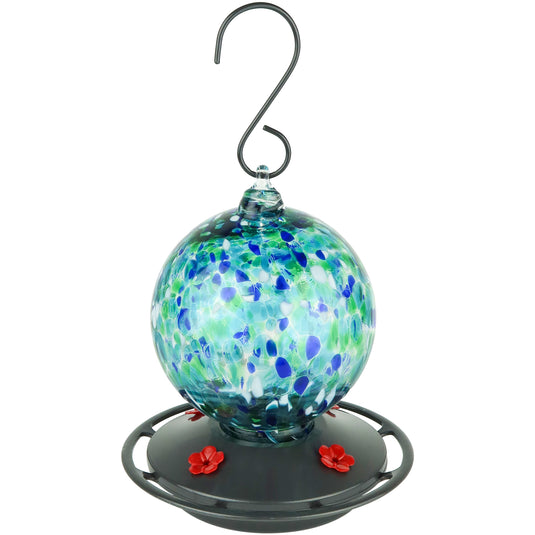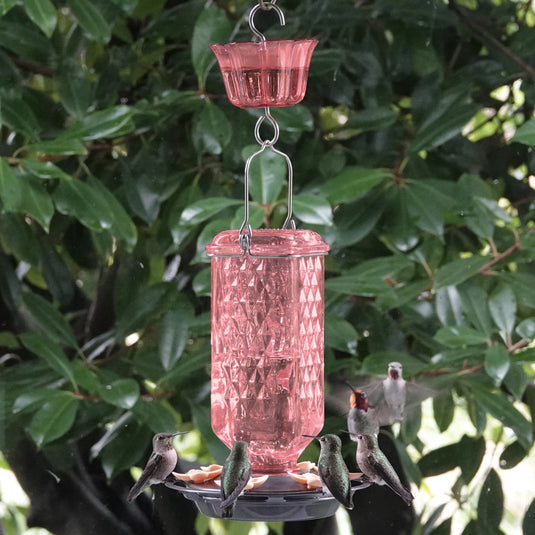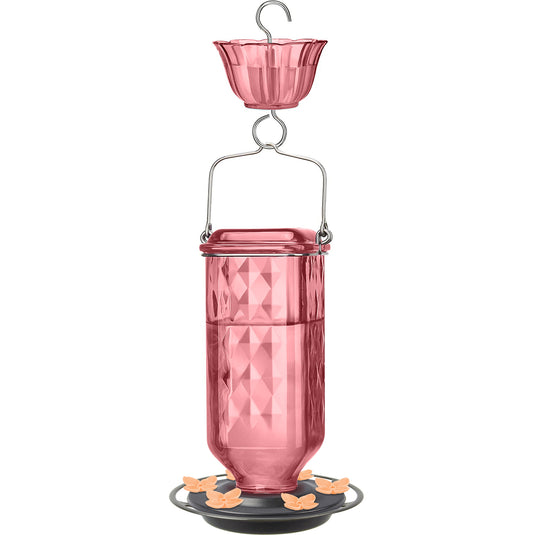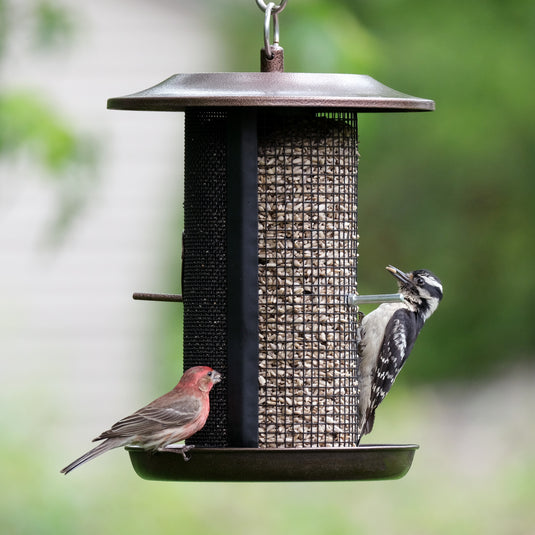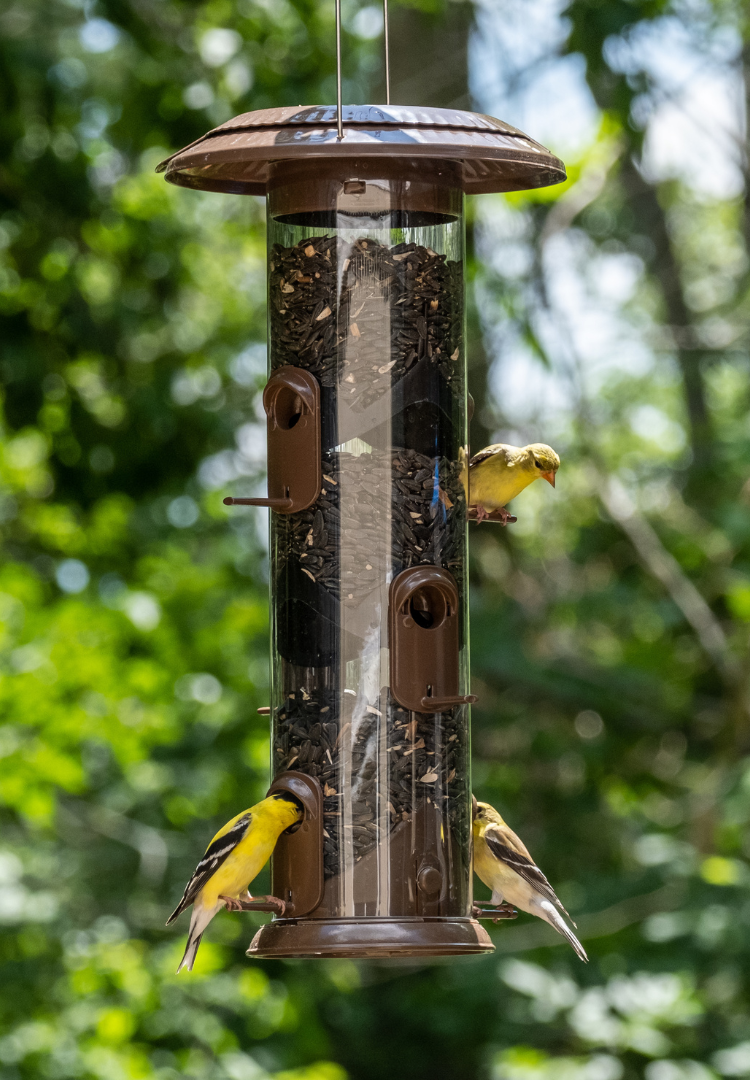Identifying Downy Woodpeckers:
Ranging from 5.5 to 6.7 inches in length and featuring a straight, chisel-like bill, blocky head, and wide shoulders, the Downy Woodpecker is a small version of the standard woodpecker build. Compared to other woodpeckers, the Downy Woodpecker's bill is significantly smaller in relation to its head, however it is still a forceful tool for extracting insects from trees. Sporting a black and white checkered appearance, both males and females have a white underside, black upper wing and checkered lower wings with a boldly striped face and white stripe down the center of the back. The center of the tail is black, outlined by white border feathers that are typically lightly speckled with black spots. Males are easily differentiated by a bold red patch on the back of their heads.


Left: Female Downy Woodpecker. Right: Male Downy Woodpecker
Attracting Downy Woodpeckers to your feeder:
These small woodpeckers can be found in open woodlands and also frequent orchards, vacant lots, city parks, and backyards making them quite common at feeders. As with other woodpeckers and insect eating birds, suet is a safe bet when trying to attract these checkered visitors. Suet feeders with extended bases provide space for these bottom-heavy birds to prop their tail for comfortable feeding, much like they would naturally on the trunk of a tree. Peanuts and black oil sunflower are also favorites of the Downy Woodpecker. These can be fed in an open tray feeder or even a window feeder for up-close bird viewing.
In summer months, it is not unusual to see Downy Woodpeckers visiting Oriole feeders with grape jelly or even Hummingbird feeders with nectar.
Products shown: Tail-prop Suet Feeder (Model# CWF1), Hanging Platform Feeder (Model# WWCF23), Clear View Window Feeder (Model# WIN-3), 3 QT Hopper Feeder w/ 2 Suet Cages (Model# WWCF28)
Nesting:
Downy Woodpeckers are cavity nesters and nest in dead trees, often deciduous trees infected with a fungus which makes the wood softer and easier to excavate. Excavating the nest cavity takes roughly 1 to 3 weeks and both male and female share in the work. When complete, the cavity will be 6-12 inches deep, widening toward the bottom and lined only with wood chips. Pairs will have 1 brood per year with an average clutch size of anywhere from 3-8 eggs.
Eggs are roughly 0.8 inches in length and 0.6 inches in width and are completely white. Eggs typically hatch within 12 days and the young will fledge in an additional 20 days.
Distinguishing between a Downy and Hairy Woodpecker:
Downy Woodpeckers are roughly two-thirds the size of Hairy Woodpeckers. Since this can be fairly hard to establish in the field, some birders use their feeders as indicator of size and scale. Another establishing feature of the Downy Woodpecker are distinguishable black bars on the white tail feathers in contrast to the all white side tail feathers of the Hairy Woodpecker. If the bird's bill is visible, the major difference in bill size. The Downy’s bill is roughly one-third the length of the bird’s head, while the Hairy’s bill is almost as long as the its head - a railroad spike in comparison. An additional, less reliable distinguishing feature is that the male Hairy Woodpecker's red patch is often split in two, while the Downy’s is not.

Left: Hairy Woodpecker. Right: Downy Woodpecker. Illustrations from the book "A Field Guide to the birds" by Roger Tory Peterson.











